Your disc might not be the source of your pain.
Why this matters:
Disc herniations can be diagnosed via MRI. However, research shows that changes in the disc have little correlation with the presence of pain. Disc herniations are often confirmed clinically which means, how are your symptoms behaving? If we were to imagine a spinal disc, it’s like a jelly donut. The contents of that jelly will actually move in the path of least pressure. So if you’re bending forward, the jelly will move back, and the opposite happens when you do a backward bend. The nerves of our spinal cord are located behind (posteriorly) from the disc. Meaning, that if your pain gets worse with bending forward, or leaning away from the pain, then yes, most likely the pain is caused by a herniated disc. If your pain improves with back extensions, or leaning towards the side of pain, then it also confirms that it may be due to a herniated disc. However, if bending forward relieves you of your pain, side bending away relieves your pain, then it may not be related to your disc at all.
Action steps:
If you had an MRI and have a disc herniation/bulge or degeneration… Then the MRI did its job. You don’t have cancer or a fracture in your back. Now it is time to move. Professionals should be treating your pain, not the MRI.
Take a look at this video to help you determine if your pain is caused by a disc.
You have permission to find the positions that give you the most relief.

